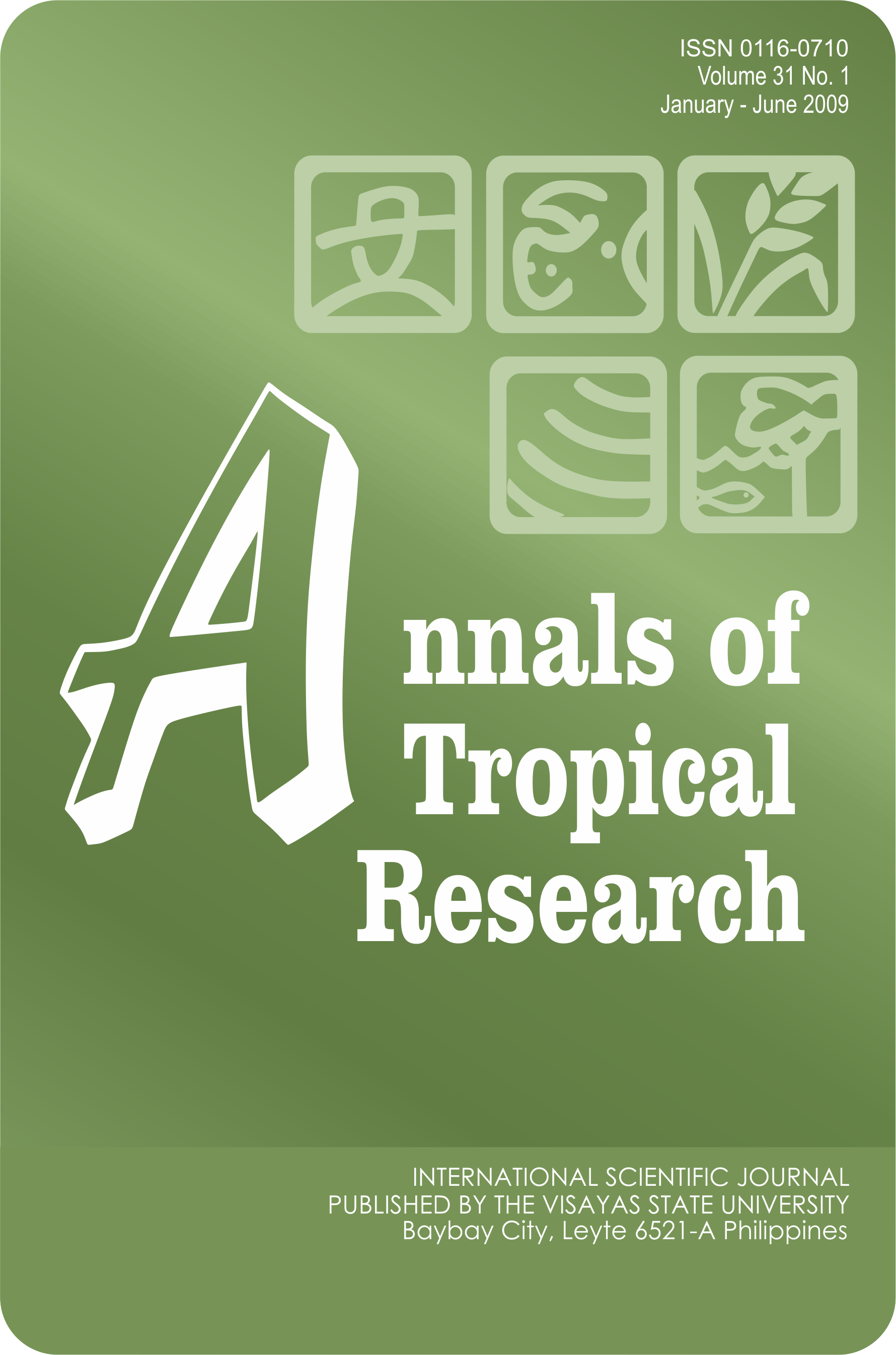Food security implications of biofuel production
DOI:
https://doi.org/10.32945/atr3111.2009Keywords:
Food Security, biofuel, ethanol, biodiesel, distillery slop, biodiversity, erosion, greenhouse gas, global warning/climate change, food miles, globalization, cheap food, cheap oilAbstract
roducing liquid biofuel for cars to address the declining oil supply requires the same resources or inputs (land, water, initial energy or oil, fertilizer and machineries) as in producing food for humans. As early as the 1980’s, all the prime lands in the world are already used for agri-and-aquaculture (1970s for the Philippines. Biofuel production consumed water (up to 10,000 L of water/L ETHANOL). At present, 74% of water is used to irrigate food crops. Only 1% water is now used for biofuel but this water consumption will increase to 80% if the biofuel production plan materializes. One out of three individuals in the world is now suffering from water scarcity. Global warming/global climate change, droughts, more forest fires and high evaporation triggered by high temperature will further magnify the diminishing supply of fresh water both for agriculture and domestic use (household and industries).
The simple liner thought is. . . . .more crops for food or biofuel = more lands and water use = more fertilizer or oil use = more erosion = more greenhouse gas emission.
Biofuels have forced global food prices up by 75%, a World Bank study showed. In 2007, 100 metric tons (Mt) of grains were processed into biofuel. This precipitated to food price spikes in the following year. It is clear that without biofuel in the food equation, there will be enough food. As more money is spent for food, food price spikes have caused 100 million people to be below poverty line and food riots in 36 countries. About 3 billion people are now affected especially those who spent 60-70% of their income on food. There are many options other than biofuel such as solar, wind, and wave. The technology is now in place for solar-powered and battery/electric or hybrid cars for transport. In the Philippines (a tropical country), geothermal, hydro-electric, wind and solar power, are so abundant. They remain to be tapped.
Downloads
Submitted
Published
How to Cite
Issue
Section
License

This work is licensed under a Creative Commons Attribution-NonCommercial-ShareAlike 4.0 International License.











